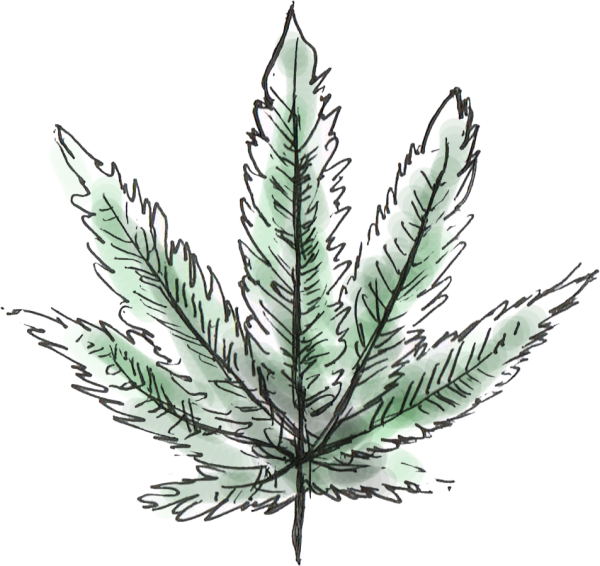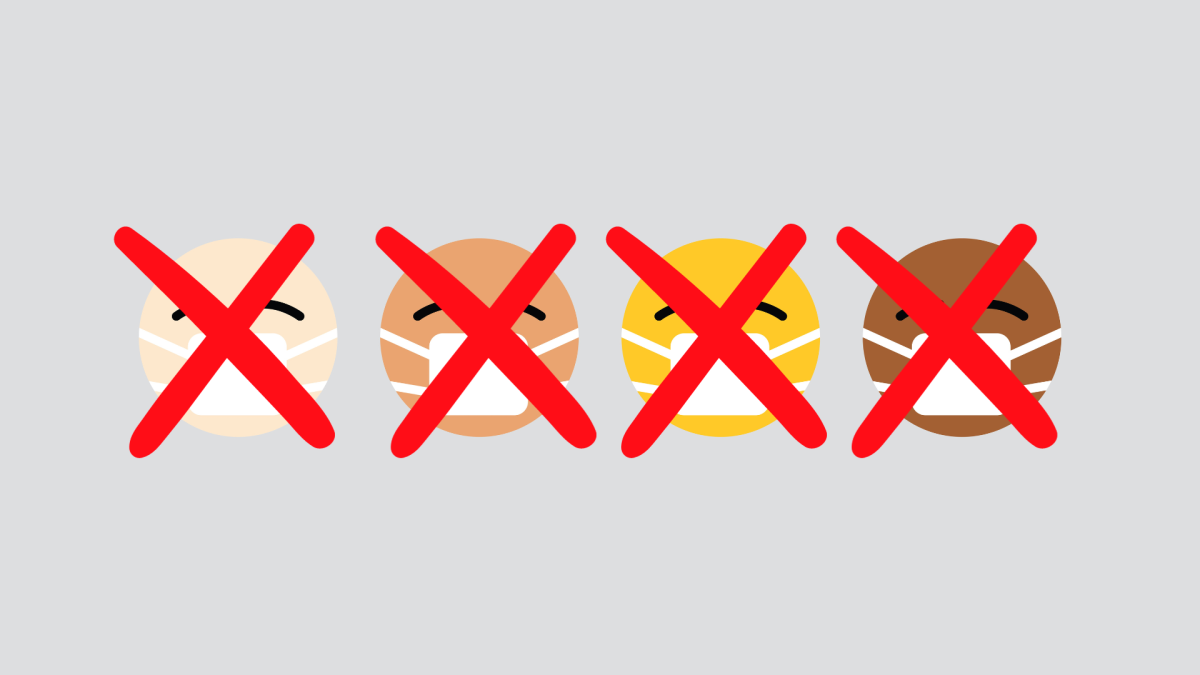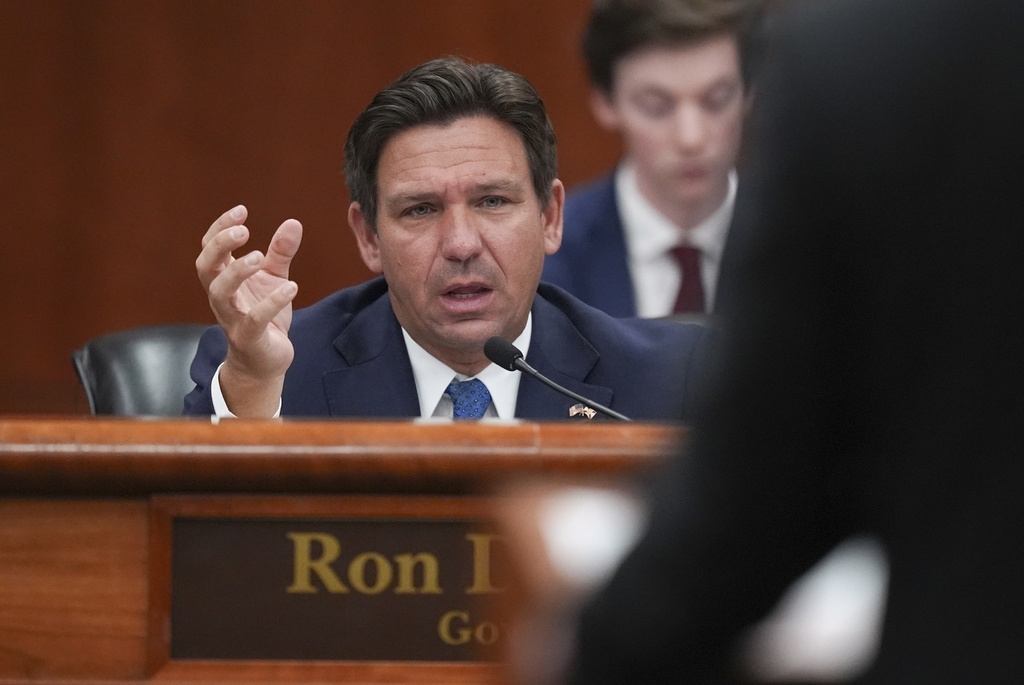
*Correction 7/3 2:48 p.m.: An original publication of this article contained a spelling error in an older, alternative name for marijuana. The correct spelling of that term is marihuana.
On October 26 of last year, President Trump declared the opioid epidemic a public health emergency, with worrying death figures ranging from 100 to 142 overdoses every day. Other helpful opiates (recently, buprenorphine) are being exposed to young children (child opioid overdoses exist, and it has doubled since 2004).
With all this information about opioids, it is time for an in-depth explanation and examination of one special solution to the crisis: the cannabis plant family.
Firstly, let’s clearly state that this is not the first time an opioid epidemic occurred within the U.S. During the 1980s, black communities were facing a crack-cocaine epidemic while white communities had problems with powder cocaine. The culture of imprisonment was preferred over treatment and rehabilitation.
Today, things have drastically changed. Everyone, especially white Midwesterners, is affected by the ongoing opioid epidemic, which prompted the government to declare a state of emergency and consider nicer stances on those [consequence-free, Big Pharma] drugs.
Among other things, one of the solutions to this epidemic is cannabis. It is a plant family species that has been used in many civilizations for thousands of years, and since the 19th century in the U.S. The two famous varieties are Hemp and Marijuana. Marijuana is the most infamous one, and it differs from Hemp by its high level of tetrahydrocannabidol (or THC, a cannabidiol).
There is hesitation in multiple states as well as in the Federal Government to legalize the family plant. Where does this stigma come from? The Nixon-standardized term marijuana was originally written as marihuana. Known as the “devil’s weed,” the plant was introduced by Mexican immigrants after the Mexican Revolution of 1910. The substance has also been associated with xenophobia, racism and miscegenation (or interfaith marriages), as clearly proven by anti-cannabis man, Harry Anslinger: “most are Negroes, Hispanics, Filipinos and entertainers. […] [it] causes white women to seek sexual relations with Negroes, entertainers and any others.”
As time went by, more research was conducted on cannabis and its several benefits were authenticated. It helps with chronic pain, addiction, stress among other physical and mental conditions. Now the family plant is being highly considered as a savior of the day.
An 11-year study observing the states of California, Oregon and Washington concluded that states that have legalized medical cannabis reduce opioid addiction and mortality rates caused by chronic pain medication more efficiently than states that haven’t legalized medical cannabis use. Other studies have found similar patterns.
30 states have legalized some form of marijuana use, but it would be tremendously beneficial if cannabis forms were to be legalized at the federal level.
Legalization should also be done with the decriminalization of cannabis in mind. This process is the reversal of existing punishment laws in order to clean someone’s record and/or stop imprisonment, as well as start the process for release. It is done by amending (or repealing) the law.
Black communities were much more affected by the Anti-Drug Abuse Act of 1986 signed by President Ronald Reagan. President Clinton also took a “tough” stance on drugs with the Violent Crime Control and Law Enforcement Act of 1994.
It is a total injustice that white cannabis businesses can flourish while black cannabis users and sellers are imprisoned disproportionately for their nonviolent crimes. Those citizens can also contribute to the economy like everyone else while helping their community. Only 13 states in total have decriminalized marijuana. This step must happen federally for justice to be done.
Though cannabis may be a crucial solution, it is not the only one. Consideration of therapy, specialty treatment, or even the (safer) use of other opiates must be taken into account, as well as better laws to handle addiction.
—
For more information or news tips, or if you see an error in this story or have any compliments or concerns, contact editor@unfspinnaker.com.
















Charlie H | Jan 31, 2019 at 11:10 pm
Good job